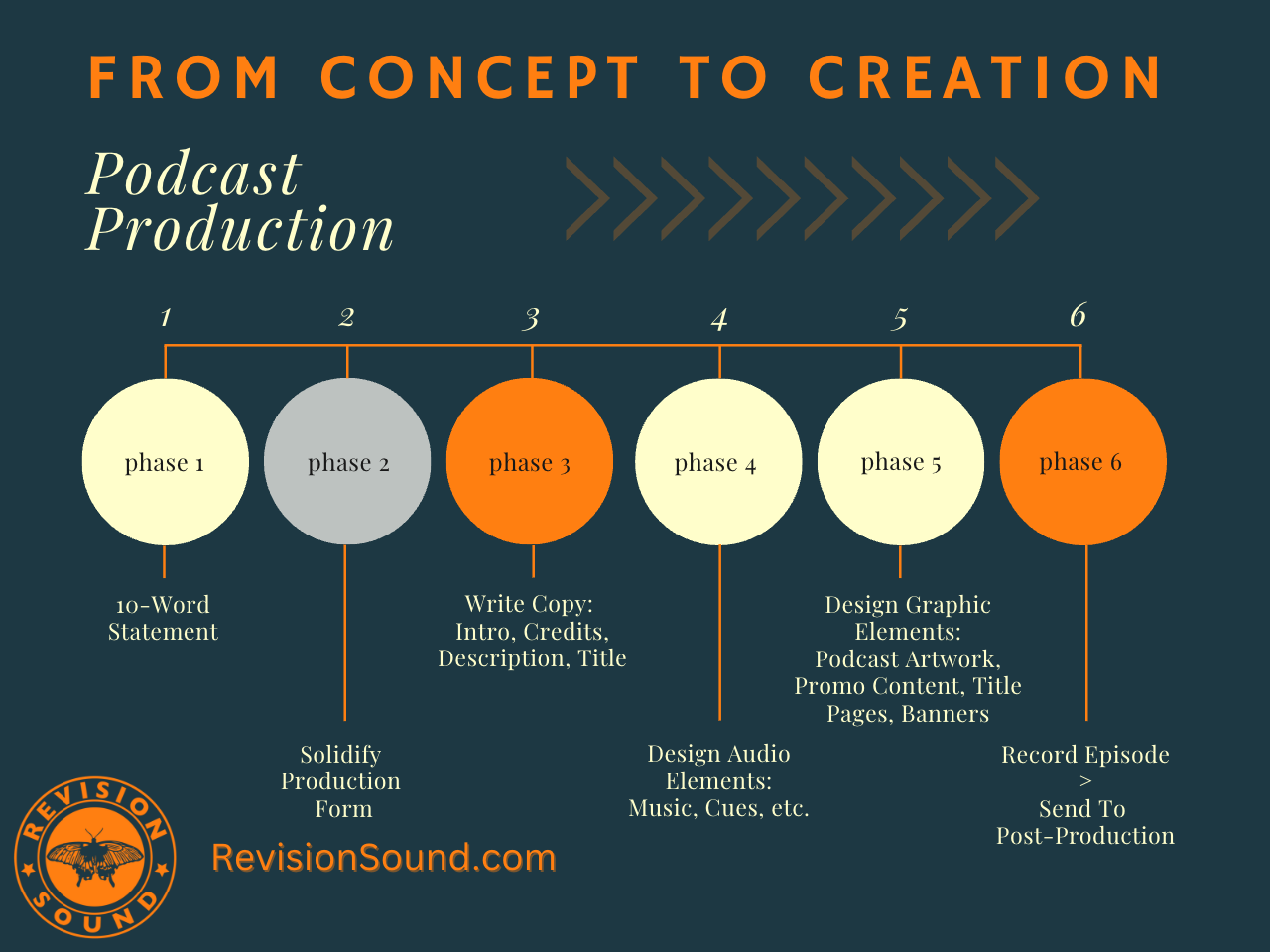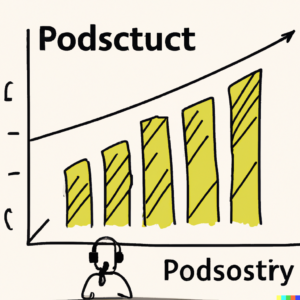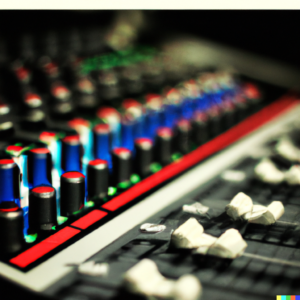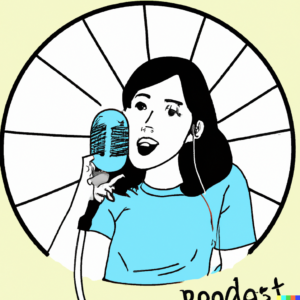Table of Contents
Motivation For The Process
Why not? Creating a podcast sounds fun and easy! Like anything worth it, it’s a lot more fun with a clear procedure. I run into a ton of folks who start backwards. It’s not wrong, it’s just likely going to yield poor results.
You’ve heard the phrase “be intentional?” Well, that works great here too. Start with Phase 1: Know Thyself or rather, the 10-word statement.
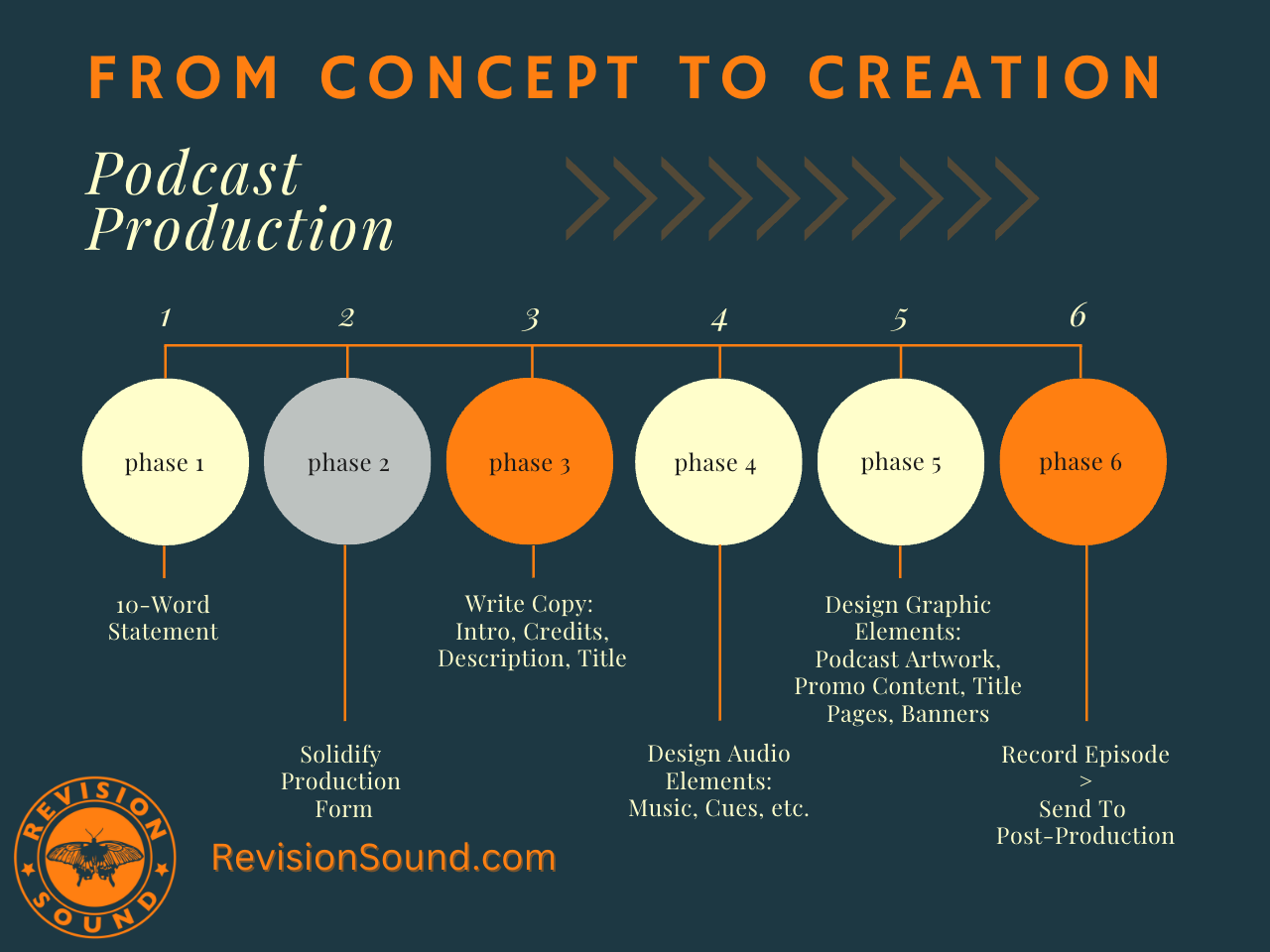
Phase 1: The 10-Word Statement
This is the most overlooked step, and the most important: it’s the 10-word statement. This is similar to concepts used in major corporations, marketing groups, and is often referred to as a North Star.
A great 10-word statement will (in some creative fashion) include:
1) an idea of the podcast content
2) tonality
3) ideal audience
It does NOT have to be 10 words, but let’s give or take from that starting place. The exercise is designed to help you focus early, so your audience has a clue.
Eric Nuzum is by far the expert here. Check out his book, and the ultimate authority on Podcast Creation.
Make Noise, by Eric Nuzum
Phase 2: Solidify Production Form
Most new podcasters are very sloppy here. They think, “I’ll hit record and post the conversation.” That’s a sure fire way to lose. Let’s try and separate yourself from the 95% of podcasts out of 2 million that never gain more listeners than their 12 closest friends.
For the most part, performance art is in three parts.
- Intro
- Conflict
- Resolution
If you want your show to have any semblance of entertainment, focus all of your efforts on the conflict. The intro is simply to catch listeners up (as quickly as possible) and the resolution is the “Hallmark Effect.” Nobody wants to watch the Happily Ever After parts.
If you’re reading this, there’s a good chance you’re creating an interview based show. A simple Q&A won’t suffice. Know where you’d like the story to go, chase the conflict, and dig into the tragedy. Reduce the 30 seconds or less and you’ll do yourself a huge favor. Death X SouthWest with Margot and Jenna does an excellent job of sticking to an entertaining form.
Phase 3: Write Copy
If you’ve never written copy before, you’re in for a rude awakening. Copywriting makes the world-wide-web go ’round. I’ll let you chase rabbits down a dark hole on your own time and we can stick to the basics here.
Looking back to your 10-word description for all of the answers, write the following in as few words as possible (readers/listeners are incredibly selfish. The shorter, the better).
- Podcast Description
- Intro Dialogue (a stone’s throw from your description)
- Your credits dialogue (pointing listeners to actionable items)
- Your podcast title (one of the most fun exercises of this process).
If this feels like a beat-down, bail out now. For every episode, you’ll need to write show-notes. Please do not write a summary of the show – this needs to be a sales pitch. Grab my attention, and make me want to listen. Again, the shorter the better…for now.
To improve your writing beyond any college course, check out Write To Influence! by Col. Carla Bass.
Phase 4: Design Audio Elements
Music sets the tone, and almost every podcast has at least one track. Before you do anything, refer back to your 10-word statement, and consider your audience.
Ok, now consider royalties. Every audio track has a license, and you either pay per use or purchase royalty-free music, aka Stock Music.
I love ShutterstockMusic.com when it comes to quality production and an easy UX to navigate. But Soundstripe.com has become a good friend of mine for more story-based podcast productions.
Of course, you can always reach out to production companies, composers, or friends that make music and get a custom track. Just make sure you have some sort of agreement, formal or informal when it comes to usage.
Of course, you can always consider hiring RevisionSound.com to produce quality tracks and help you navigate the cloudy world of licensing.
Phase 5: Design Graphic Elements
Podcast Artwork! It seems so simple, but I’d invest big in this asset. As well, do a TON of research searching Apple Podcasts that are similar to yours. Find out what kind of artwork you’re competing with, and how you can set yourself a part. Don’t be a sheep, and don’t go out cheap.
Think it through. Include little details that are less obvious, and inside jokes. The artwork for Nerd Word has a ton of tiny, hidden details that’ll make you laugh if you pay close attention.
Phase 6: Record Pilot Episode
Finally! Let’s record some audio. A quick disclaimer: consider this your very first guitar lesson. When you listen back, it might not be great. That’s ok, we’re working on your sea legs. I’m reminded of another book, “Show Your Work.”
Also, you need a microphone. You can check out this post for some additional information, but for the most part the best podcasting microphone is the Shure MV7. Stay away from any microphone with “blue” or “yeti” in the title. They sound terrible, they’re cheap, and you’ll want an upgrade. Buy well, buy once. Get the noise rejecting, clean, clear, tight audio of the Shure MV7.
This is the ONLY microphone an amateur should consider, because it’ll make you sound like a pro – and you don’t have to buy a mixer, interface, or anything else to get started!
Shure MV7!
Show Your Work by Austin Kleon.
If you really want to see the Progress of Practice, compare this post with the first I wrote. As well, come back and check with me in a year and see how I’m doing. I strongly encourage the same thing with podcasters. Practice equals Progress. Have fun! Respect your work and your efforts, and you’ll see a return.
